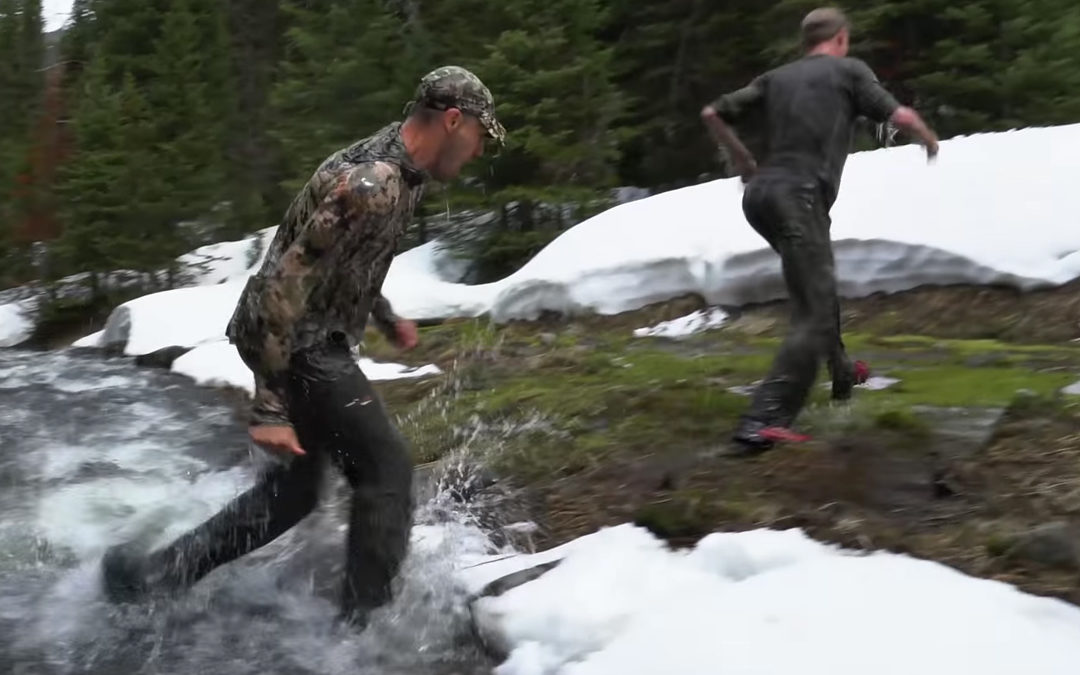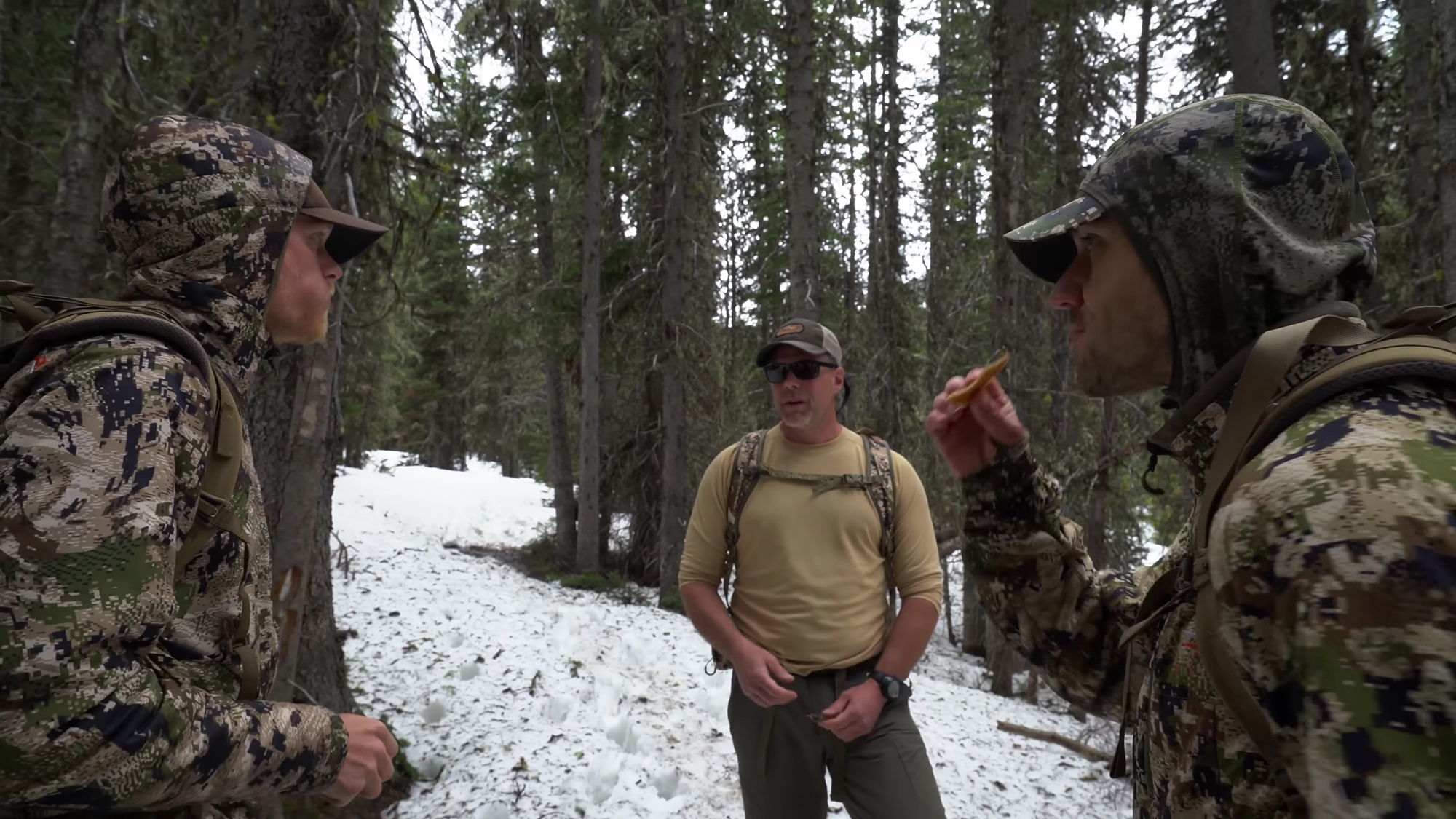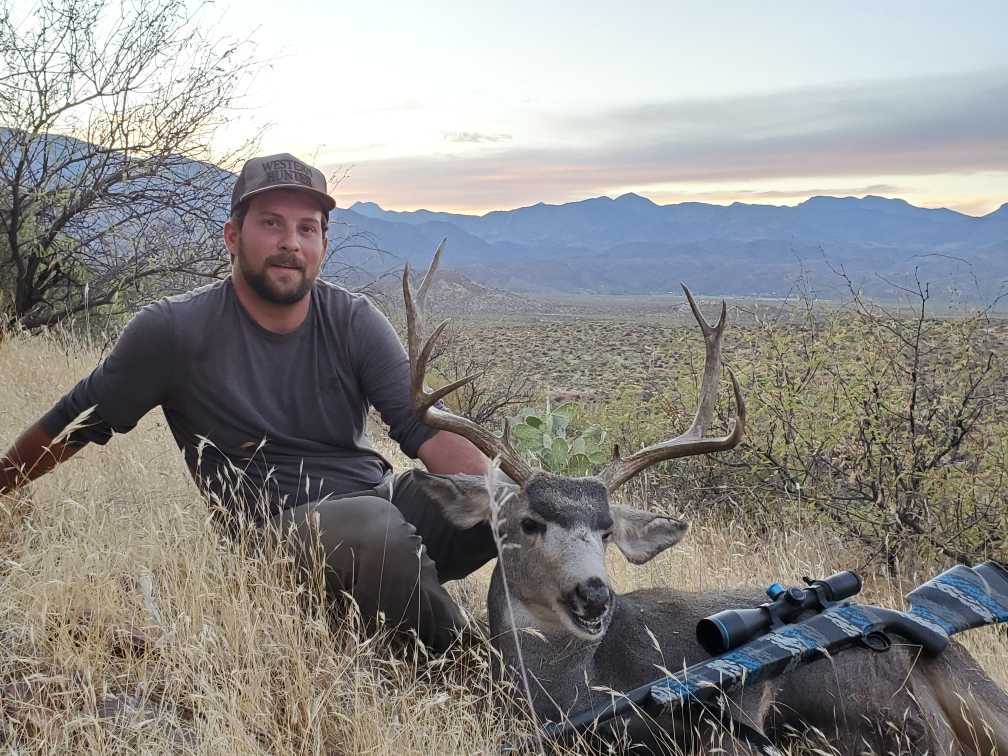
NOTICE: Certain links on this post may earn a commission for Western Hunter Magazine from Amazon or our other affiliate partners when you make a purchase. Thank you for your support.
Dynamic Rewarming Drill
A few years ago, the Journal of Mountain Hunting partnered with John Barklow, Big Game Gear Manager for Sitka Gear, to publish a video about running through a rewarming drill that would give them some insight on Sitka products as well as some excellent tips that could keep hunters alive and functional in the cold.
As hunters, we spend a lot of time thinking about gear. Naturally, we want to be as prepared as our budgets allow in order to be successful. Between researching fabrics, weights, materials, new products and reviews, many of us tend to match our time in the field with our time on the Google machine. Reading about gear online is valuable, but how much time do we spend actually testing our system before we get to a place where it’s actually going to matter? There are many sketchy scenarios that can be prevented or alleviated with solid preparation, but one of the most common – and most important – is being COLD.
The guinea pigs for the test were JOMH editor, Adam Janke, and photographer, Steven Drake. Both would dunk in a freezing river on a clear day in the snow. Janke was outfitted with synthetic base and mid-layers, while Drake wore merino wool.
We thought that our “survive” issue would be the perfect opportunity to look at the main takeaways from Barklow’s drill and share them with our readers. We’ll go through it step by step, but the video is also available at Sitka Gear and also at Journal of Mountain Hunting with a search for “Dynamic Rewarming Drill”.
Shortly after a quick full-body dump in the river, Drake and Janke emerge shivering and not quite as jovial as they were during the pre-dunk discussion. Before watching this video, I assumed they would be instructed to start a fire. Fire equals heat and heat equals dryness. However, Barklow takes a moment to explain why that may not be the right idea.

Building a fire takes time, and getting one to the point where it gives off enough heat takes much more time. Surviving a freezing, wet dunk in cold conditions is all about maximizing heat generation in the quickest way possible. Here are the steps that follow, given that revelation.
Put on an Insulated Jacket
A puffy is ideal, but something that traps heat is necessary. This will allow you to keep the heat that you generate and use it to dry. Moisture will naturally be drawn away from warm air and toward the cold air on the outside.
Get Moving
Much quicker than building a decent fire, the best way to get warm is to simply move. In the video, Drake takes off like a madman through the timber after being instructed by Barklow to “hike angry”and“let your anger warm you from within.” Solid advice.
Eat Some Food
Carbs are the best fuel to get your metabolism jump-started and get into high gear when it comes to heat generation. In the video, Drake and Janke down several Honey Stinger waffles for this purpose. A good planning point is to think of calories and nutritional density when packing for freezing conditions.

John Barklow (center) explains how to get dry in a hurry as Adam (right) and Steven (left) fuel up on carbs to jump-start their metabolism.
Keep Moving and Regulate
During the rewarming drill, Barklow’s advice is to build up as much heat as possible but avoid sweating. Sweat is moisture and will slow both the warming and drying processes. After 20 minutes, the combination of Janke’s body type, metabolism and the synthetic fabrics have him in a warmer and dryer state than Drake’s slender build and merino base. Janke removes his puffy jacket in order to regulate sweating, while Drake opts to keep his on. Barklow makes it clear that the most important step of the system building process is to TEST your system.
Testing Your Clothing System
Although dunking yourself in a freezing river is a great way to truly test your gear, Barklow offers an alternative for the less extreme types. His test is simple and can provide insight into how your body and your gear react together in this kind of situation. He suggests that a hunter should soak all of their base layer gear in a five-gallon bucket, drive to a trailhead, put it all on, and start at step one; get moving. The concept is the same and is a safer (and less freezing) way to get an idea of where you stand.
Think About Real Scenarios
Again, most hunters fall into the trap of being excited about new gear and the latest, greatest innovations, but a better way to spend time in preparation is testing. Whether it’s breaking in a pair of boots well before a hunt, taking extra time to dial in your weapons, or restructuring your pack or camp setup, real-life testing can pay huge dividends in both comfort and confidence when it’s time to go chase the big’ uns.
Thanks
We would like to thank Adam Janke, Steven Drake, and John Barklow as well as the Journal of Mountain Hunting and Sitka Gear for offering their resources and knowledge not only to provide us with this valuable information but also to put themselves through the rewarming drill.





